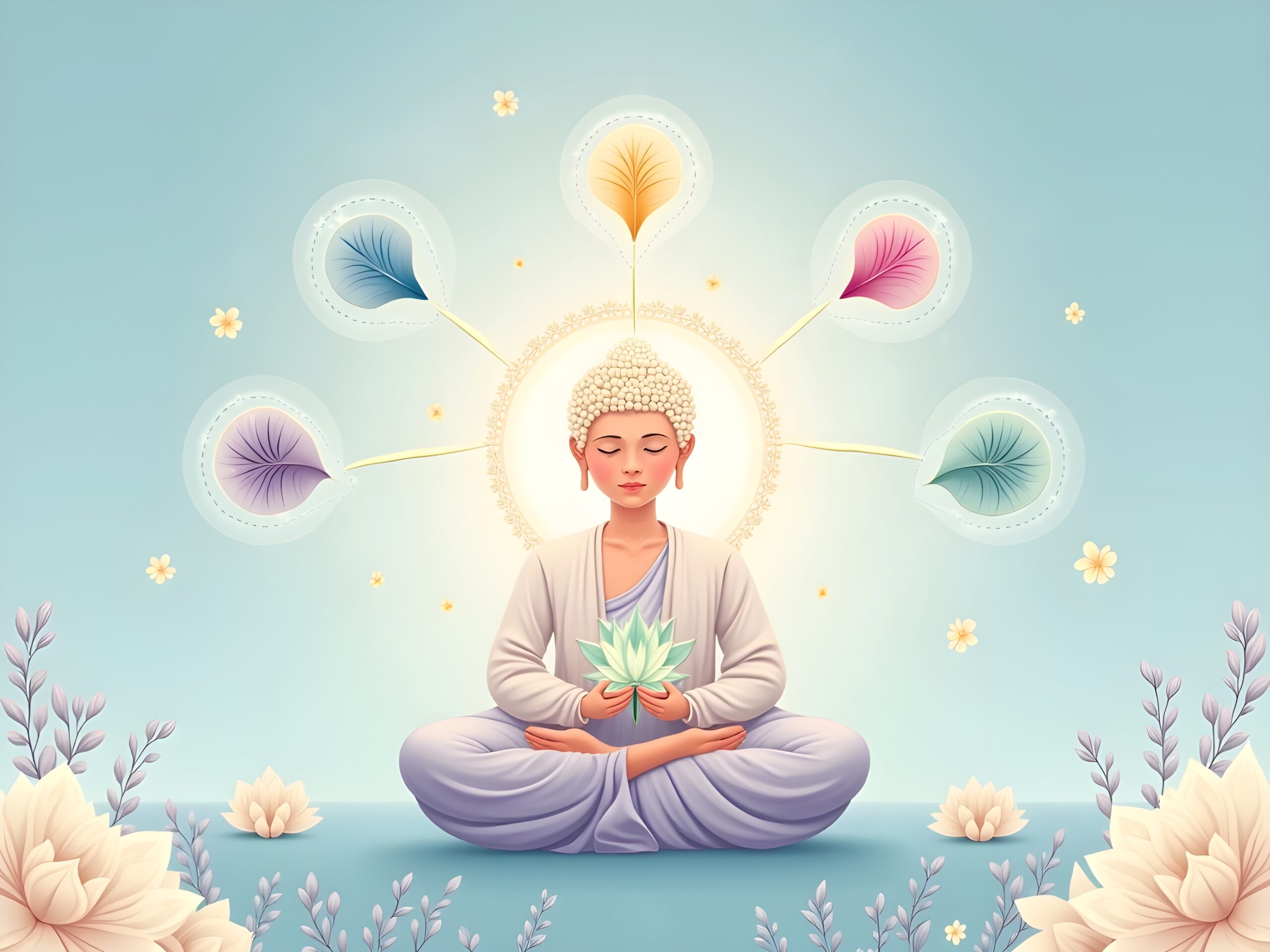Constantly stimulated and wandering within the realm of desire (Kama Loka), the following occurs: When the eye (Chakshu) comes into contact with a form (Rupa), eye consciousness (Chakshu Vinnana) arises. Similarly, when the other sense organs—the ear (Srota), nose (Ghana), tongue (Jivha), body (Kaya), and mind (Mana)—come into contact with their respective objects, corresponding consciousnesses arise. Thus, six consciousnesses are generated from the interaction of these six sense organs with their objects. Consciousness arises only when contact occurs. These are described as the eighteen elements (Dhatus) in fundamental Buddhist teachings. To facilitate understanding, these are also presented as twelve sense bases (Ayatanas) and eighteen elements (Dhatus). We plan to present detailed articles on these topics in the future
අප සෑමවිටම ඇස(චක්ෂු), කන(ස්රෝත) ,නාසය(ඝාන), දිව(ජිව්හා), ශරීරය(කාය), මනස(මනෝ) යන ආයතන වලින් රූප, ශබ්ද, ගන්ද, රස, පහස, ධර්ම යන (බෞද්ධ දර්ශනය අනුව මේවාද ආයතන වේ) සඤ්ඤා නිසා ඇතිවන විඤ්ඤාණ වලින් නිතරම උත්තේජනය වෙමින් කාම ලෝකයෙහි සැරිසරමින් පවතී.ඇස(චක්ෂු) සමග රූප ඝට්ටනයෙන් චක්ෂු විඤ්ඤාණය උපදී. එසේ අනෙක් ස්රෝත(කන), ඝාන(නාසය), ජිව්හා(දිව), කාය(ශරීරය), මන(මනස) සමග ඒ ඒ රූප ඝට්ටනයෙන් ඒ ඒ විඤ්ඤාණ උපදී. ඒ ඒ ආයතන ඝට්ටනයෙන් විඤ්ඤාණ හයක් සෑදේ. ඝට්ටනය උනොත් පමනක් විඤ්ඤාණ සෑදේ. මේවා ධාතු දහඅටක් ලෙස බෞද්ධ මූලික ඉගැන්වීම් වල දක්වා ඇත. ආයතන දොළහක් හා ධාතු දහඅටකි. එවිට අපට තේරුම් ගැනීමට පහසු වේ. මේ පිළිබව විස්තරාත්මක ලිපි ඉදිරියේදී ගෙන ඒමට අප බලාපොරොත්තු වෙමු.


Leave a Reply